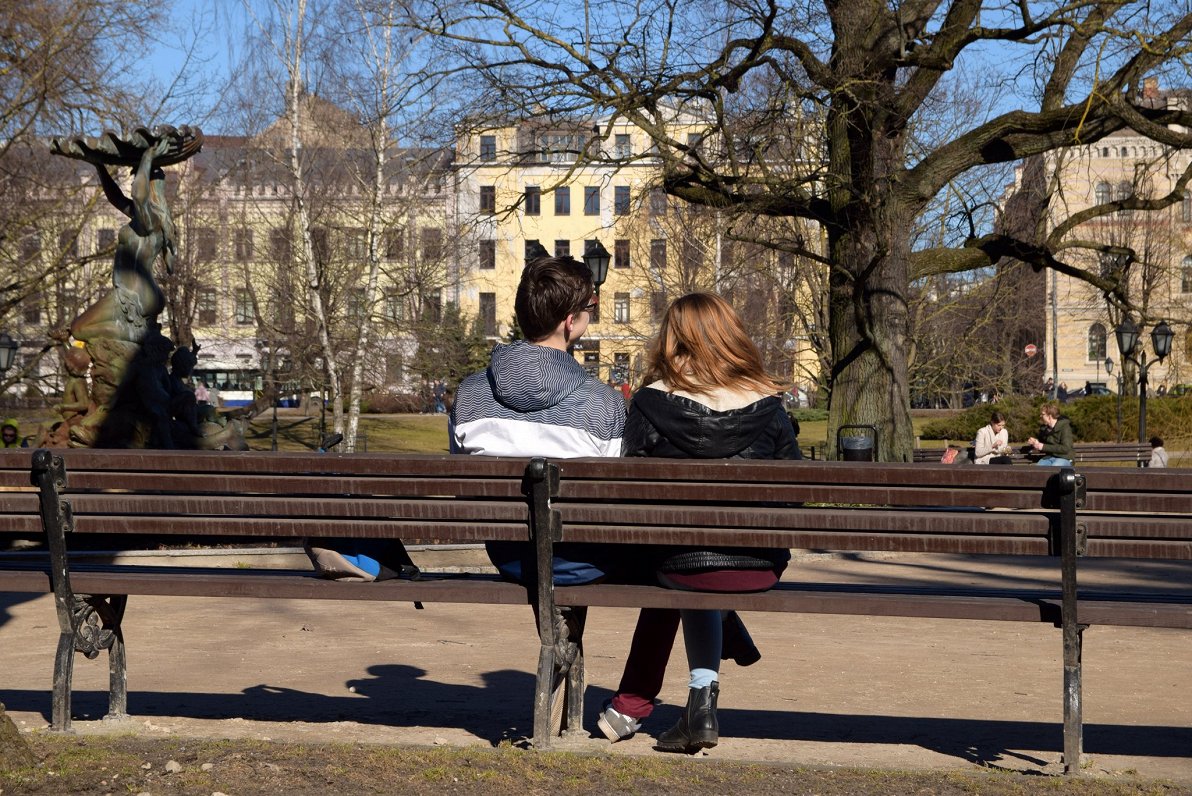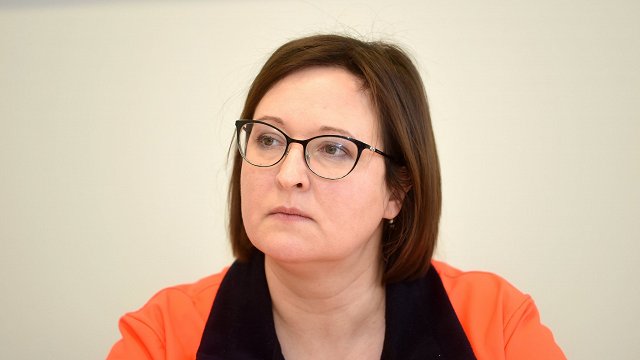In total, 56% of young people under 16 have encountered undesirable sexual behavior from other minors, most of whom experienced it at school (39%), more frequently from friends or classmates. When this happened, 41% did not understand the meaning of what was happening, 26% felt bad after what had happened, and 15% were forced to agree to these actions. Significantly, only 12% of children reported the experience to their parents or relatives and received psychological support or help.
"Harmful sexual behaviour means age-inappropriate sexual acts or statements which may harm the child or others around the child, particularly when children are at different ages or developmental levels. There has been little talk about this in Latvia so far, but as parents and specialists often look for answers to us, we see that there is a need for deeper understanding: firstly, to be able to distinguish normal child development from unwanted activities, secondly to know how to proceed proactively, and thirdly, in order for adults to know how to react in such cases," said Center Dardedze board member Laila Balode. “It is important to be aware that, in the case of children, ignoring the problem or pointing the finger will not help: all children involved and their parents need support and help to establish the boundaries of safe relationships and not continue the harmful activities.”
The survey carried out shows that young people who had an emotionally close and affectionate relationship with their parents had experienced harmful sexual behavior among children less. On the other hand, factors such as very strict parenting and access to pornography have been identified as exacerbating circumstances of probable abuse. In all, 28% of those surveyed had seen pornography under the age of 10, and the data show that the sooner children faced it, the more experienced sexual activities or comments.
At the same time, the Center Dardedze also surveyed specialists working with children. The survey showed that there are very different views among specialists on what constitutes normal sexual development at different ages. Similarly, a third of professionals point out that they don't know exactly what to do if a child demonstrates inappropriate or harmful sexual behavior.
In response to the question whether specialists had encountered sexual activities or comments between children, 65% indicated that they had heard sexual comments, 26% witnessed a sexual threat, while each third saw children watching pornographic materials. Similarly, 30% pointed out that they had experienced intimate touching among children, while 22% had encountered nude sending. 6% have also been informed of oral, anal or vaginal entry into the child's body.
These situations are most commonly observed at school, particularly in adolescence, but some of the cases have also been observed in pre-primary and primary schools.
The survey of young people aged 18 to 25 was conducted by the research center SKDS in the summer of this year, surveying 521 respondents, while the opinion of 257 experts was identified in an internet survey conducted by the Dardedze Center





























